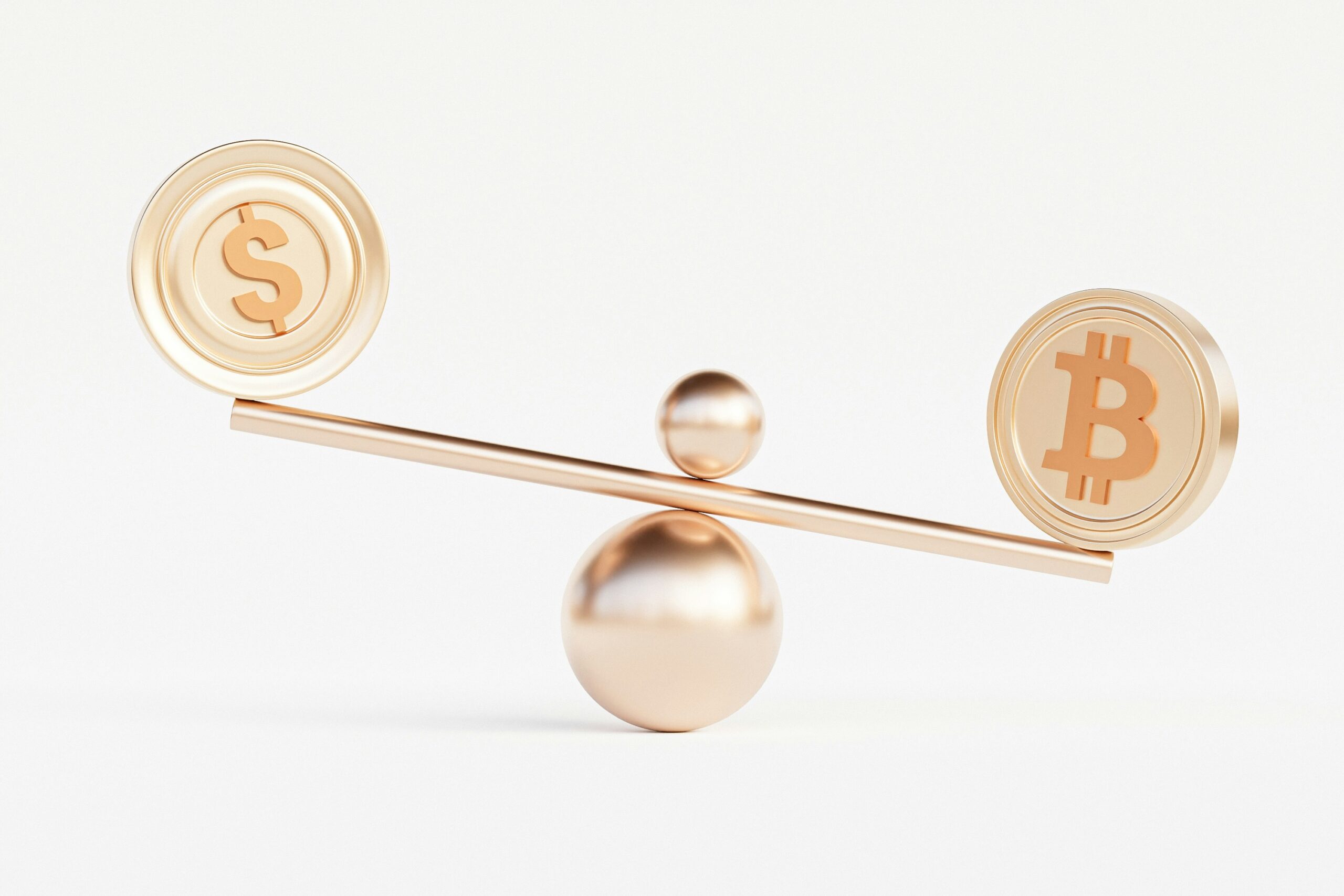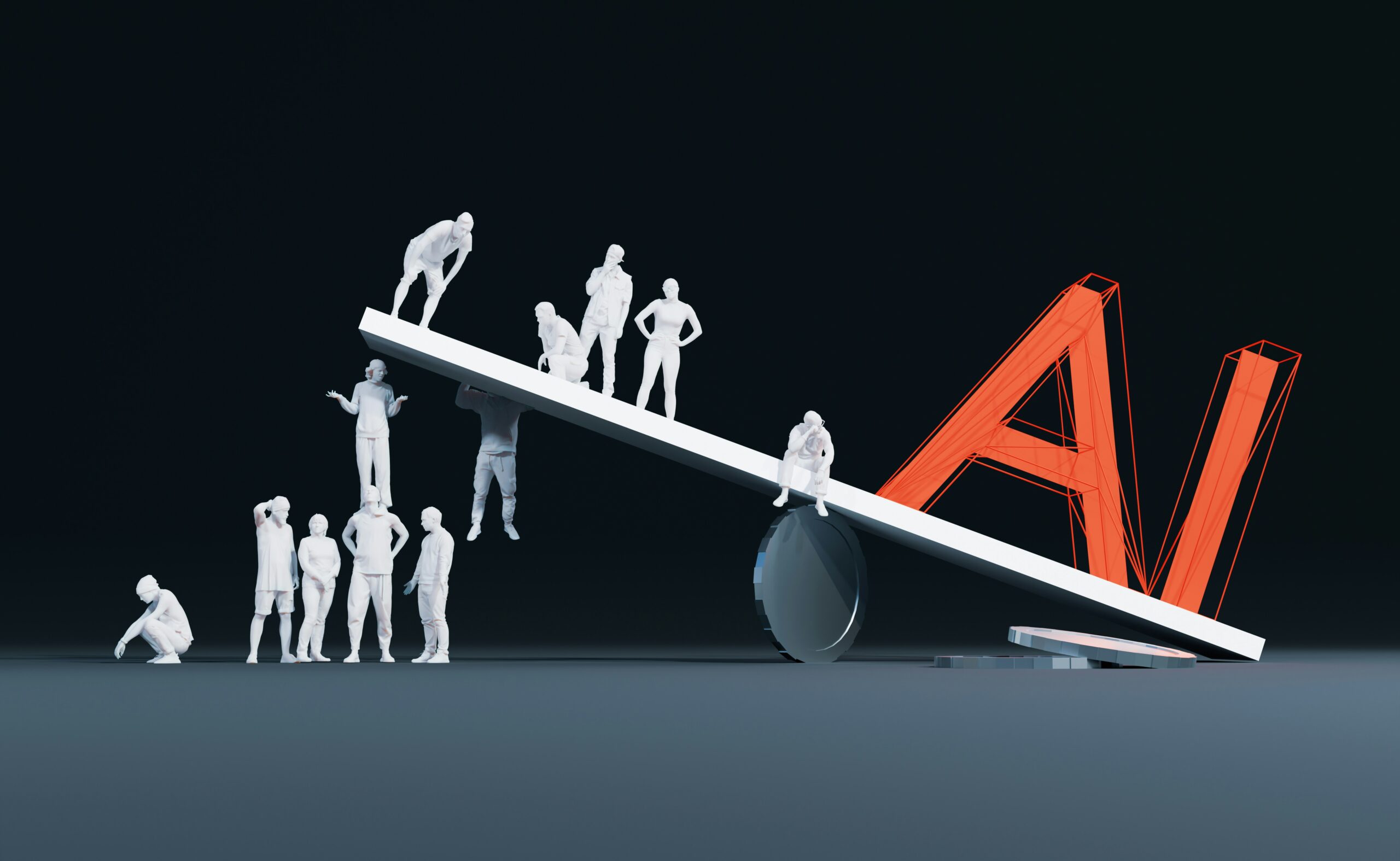Imagine a world where digital artists can authenticate and sell their creations with the same uniqueness as a traditional painting. This is the revolutionary promise of Non-Fungible Tokens (NFTs) in the realm of digital art.
Non-Fungible Tokens, or NFTs, have emerged as a groundbreaking technology within the digital art space, fundamentally altering how art is created, owned, and traded. Unlike cryptocurrencies such as Bitcoin, NFTs are unique digital assets verified through blockchain technology, making them distinct and indivisible.
Understanding NFTs and Their Impact
At the core, NFTs are built on blockchain technology, most commonly on the Ethereum network, ensuring each piece of digital art is one-of-a-kind. This uniqueness has captivated artists and collectors alike, with the NFT market experiencing exponential growth. According to a report by DappRadar, NFT sales surpassed $2 billion in the first quarter of 2021 alone.
Expert Insights
Art expert and blockchain enthusiast, Alex Atallah, co-founder of OpenSea, describes NFTs as a ‘paradigm shift’ in the art world. He notes, “NFTs empower artists to monetize their digital work in ways that were previously impossible, granting creators more control and security.” This sentiment is echoed by many in the industry who see NFTs as a democratizing force in the art market.
Statistics and Research
Research from NonFungible.com highlights the rapid adoption of NFTs, with over 5 million NFTs sold in 2021, showcasing the increasing demand for digital ownership. Furthermore, the average price of NFTs has steadily risen, indicating a robust market interest.
Personal Experiences from the Digital Art Community
Digital artist and NFT creator, Mike Winkelmann, known as Beeple, made headlines when his NFT artwork sold for an astounding $69 million at auction. His journey illustrates how NFTs can catapult digital artists to new heights, providing them with significant financial opportunities.
Actionable Tips for Aspiring NFT Artists
- Start by creating a digital wallet and familiarize yourself with popular NFT marketplaces like OpenSea and Rarible.
- Engage with the NFT community on platforms like Discord and Twitter to gain insights and build your network.
- Experiment with different styles and mediums to find your unique artistic voice in the digital realm.
Comparison of NFT Marketplaces
| Marketplace | Blockchain | Fees | Popularity |
|---|---|---|---|
| OpenSea | Ethereum | 2.5% | High |
| Rarible | Ethereum | 5% | Medium |
| Foundation | Ethereum | 15% | Growing |
| SuperRare | Ethereum | 15% | Exclusive |
| Mintable | Ethereum | 2.5% | Accessible |
| Zora | Ethereum | Variable | Innovative |
| NBA Top Shot | Flow | 5% | Sport-centric |
| Binance NFT | Binance Smart Chain | 1% | Emerging |
FAQs
What makes NFTs unique?
NFTs are unique due to their non-fungibility, meaning each token has distinct information that sets it apart from others. This is unlike cryptocurrencies, which are fungible and can be exchanged for one another.
How do I start creating NFTs?
To start creating NFTs, you need to select a blockchain to mint your NFT on, create a digital wallet, and choose a marketplace to list your NFT for sale. Engaging with the community can also provide valuable insights and support.
Conclusion: The Future of Digital Art
The emergence of NFTs in digital art represents a significant shift towards a more decentralized and equitable art world. With their ability to provide authentic ownership and new revenue streams for artists, NFTs are reshaping the landscape of digital creativity. As the technology continues to evolve, keeping informed and engaged with the community will be crucial for anyone looking to explore this exciting frontier.




Leave a Reply